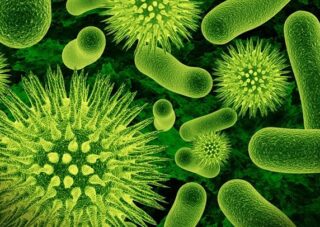What Type of Germs and Bacteria Can Regular Cleaning Help Remove? (part 3)

The Most Effective Cleaning Techniques to Combat Germs and Bacteria
Effective cleaning techniques are essential for removing germs and ensuring a safe, hygienic environment. To achieve optimal germ removal, it’s important to start with regular cleaning using soap and water to remove dirt and impurities from surfaces. This initial step helps reduce the number of germs on surfaces, making subsequent disinfection more effective. For disinfecting, it’s crucial to use EPA-approved disinfectants that are designed to kill specific types of bacteria and viruses. Be sure to follow the manufacturer’s instructions regarding application methods and contact time to ensure maximum efficacy. High-touch areas such as doorknobs, light switches, and countertops should be prioritized during cleaning routines since they are hotspots for germ accumulation. Moreover, incorporating practices like using microfiber cloths can enhance the removal of bacteria due to their ability to trap particles more effectively than traditional cotton cloths. Adopting these best practices not only ensures cleaner surfaces but also contributes significantly to maintaining a healthier living or working environment by minimizing the risk of infection spread.
Conclusion: Ensuring a Healthier Environment Through Consistent Cleaning Efforts
In conclusion, maintaining a healthier environment is intrinsically linked to our commitment to consistent cleaning efforts. By integrating regular cleaning routines into our daily lives, we not only enhance the aesthetic appeal of our surroundings but also significantly reduce the presence of harmful bacteria and allergens. This proactive approach to cleanliness plays a crucial role in promoting overall well-being and preventing the spread of illnesses.
Utilizing eco-friendly cleaning products further amplifies these benefits by minimizing exposure to harsh chemicals, thereby safeguarding both human health and the planet. Additionally, adopting sustainable practices such as reducing waste and conserving resources can lead to long-term environmental improvements.
Ultimately, fostering a culture of cleanliness requires collective effort and awareness. By educating ourselves and others about effective cleaning strategies and their positive impact on health and the environment, we can inspire change within communities. Through these dedicated efforts, we pave the way for a cleaner, healthier future for generations to come.




